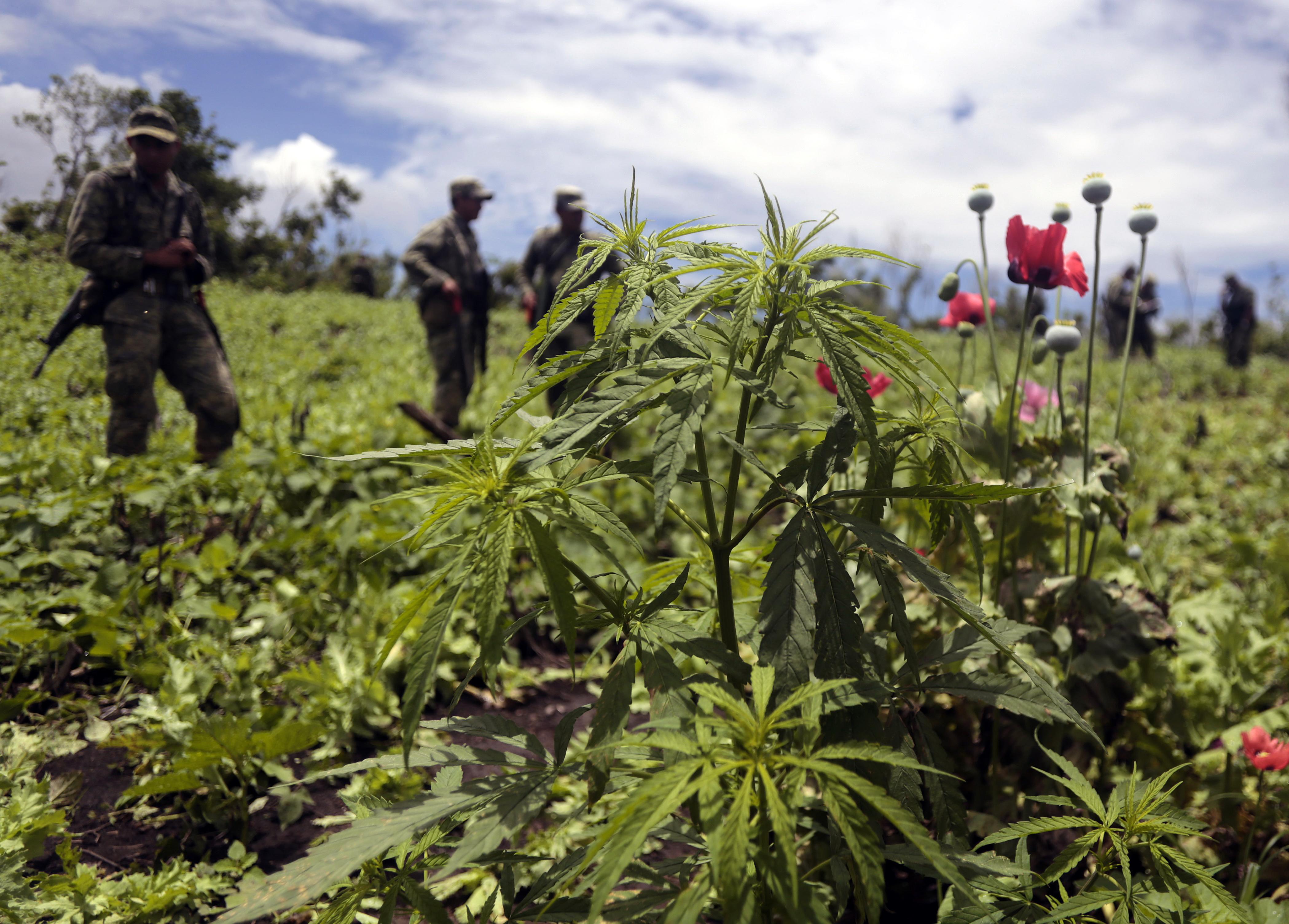The U.N. Office on Drugs and Crime released its annual World Drug Report today, in honor of International Anti-Drug Day. (As German Lopez of Vox notes, this day has in the past been used as a pretext for governments to unveil draconian anti-drug measures.)
The big headline of this year’s report is a notable increase in opium production in Afghanistan and Myanmar, but overall the rate of drug use seems pretty stable. The other big trends are that global cocaine supply is falling, users are switching from heroin to synthetic opium, and marijuana use is down globally but up in North America. (The report’s data comes from before the recent legalization measures in Colorado, Washington, and Uruguay.)
Another big trend seems to be a shift from imported drugs to domestically produced substances in several regions. The report notes that in Europe, “cannabis herb produced locally or regionally now gaining ground over cannabis resin, largely sourced from Morocco, which previously was the dominant cannabis substance” on the continent.
When it comes to cocaine, use has fallen in North America likely due a lack of supply. Supply’s steady in Europe, but demand has fallen. The main area where cocaine is expanding in South America, where it is almost exclusively produced. Also, “users in some European countries are replacing heroin with synthetic opioids.” The production of methamphetamine in the U.S. and Mexico is also increasing.
The effect of the international flow of drugs is still significant—cocaine use in Africa, for instance, is largely driven by trafficking through the continent en route from South America to Europe—but there also seems to be a trend toward drug users buying local.
Back in 2011, White House drug czar Gil Kerlikowske told me “we’ve become much better at producing drugs in the United States,” pointing specifically at marijuana grown on public lands, meth, and prescription drug abuse. From the indications in the new UNODC report, something similar seems to be happening in Europe.
The report seems very bearish on the trend toward legalization or decriminalization of marijuana in several countries, which makes sense given the UNODC’s overall mission. Though the report also states that “worldwide, the large majority of drug use offences are associated with cannabis” which one could argue suggest that the large majority of drug use offences should probably not even be offences.
